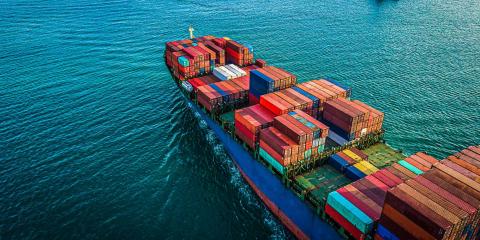Flanders Make co-designs the battery of the future for the maritime sector

Flanders Make co-designs the battery of the future for the maritime sector
The International Maritime Organisation (IMO) has set the goal of reducing greenhouse gas emissions by 50% by 2050 compared to 2008. One of the solutions to achieve this goal is to electrify the fleet. However, there are several problems that make the costs mount up considerably:
- The technology for batteries for maritime use is not yet sufficiently mature.
- Ships are typically built in small series, which greatly limits the economies of scale during production.
- Current battery systems are not designed for maritime use that requires both heavy peak currents and long-term high-energy tasks (manoeuvring in ports vs. cruising at a certain speed). As a result, current systems rapidly lose capacity.
- This capacity loss is compensated by overdimensioning the current battery systems by a factor of 2 to 10 (!).
In the SEABAT project (Solutions for largE bAtteries for waterBorne trAnsporT) we work on a full electric marine battery concept based on:
- A combination of different battery cells in a battery pack that can deliver both high-energy jobs and heavy peak currents.
- New concepts for on-board converters.
- Solutions for the production of this technology based on production techniques from the automotive sector.
The role of Flanders Make
Our role in this project is twofold. On the one hand, we are coordinator of the consortium that consists of 15 European partners ranging from research institutes over battery and converter manufacturers to shipyards. We will lead this project, worth almost 10 million EURO, and guarantee its smooth running.
On the other hand, we will model and conceptualise the new batteries in all their aspects: electrical, mechanical, cooling, safety, interaction with the ship, etc. In other words, we are literally co-designing the battery of the future for the maritime sector.